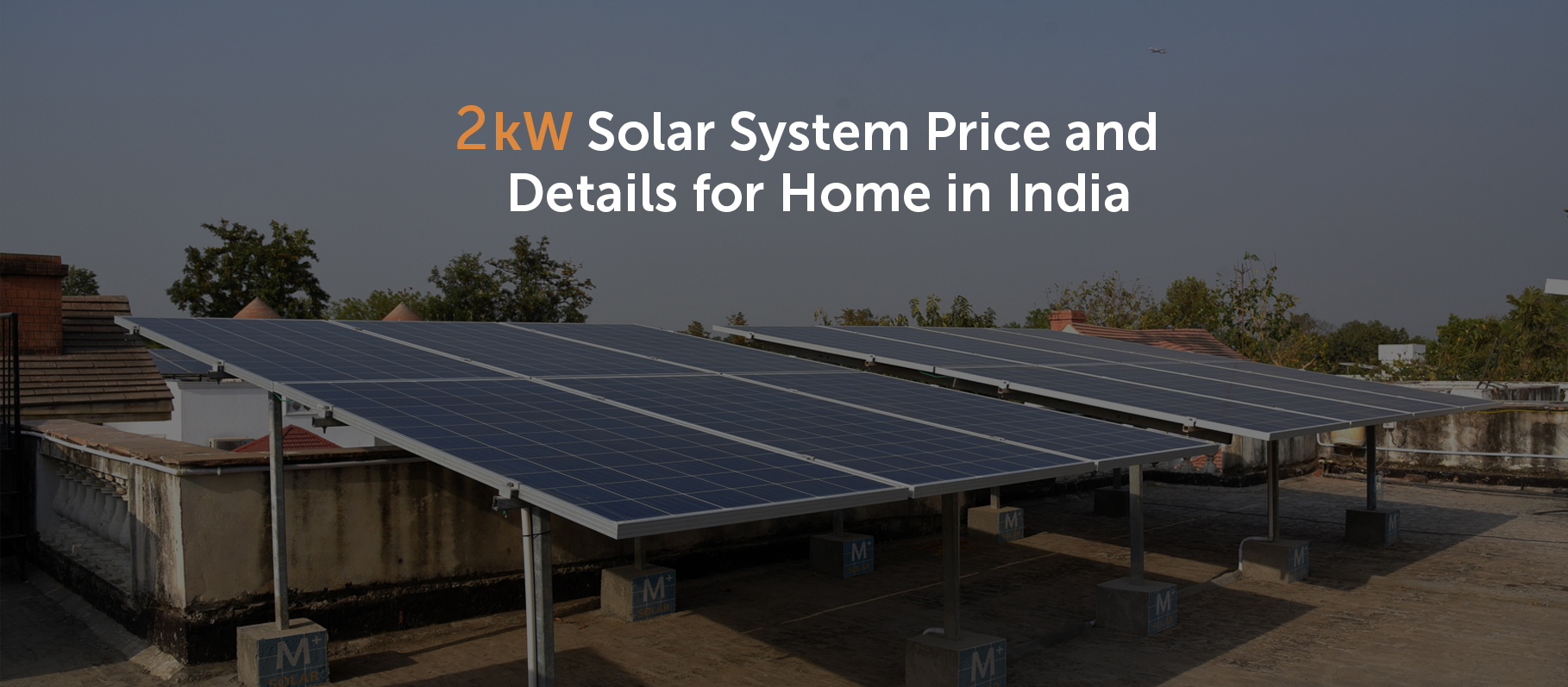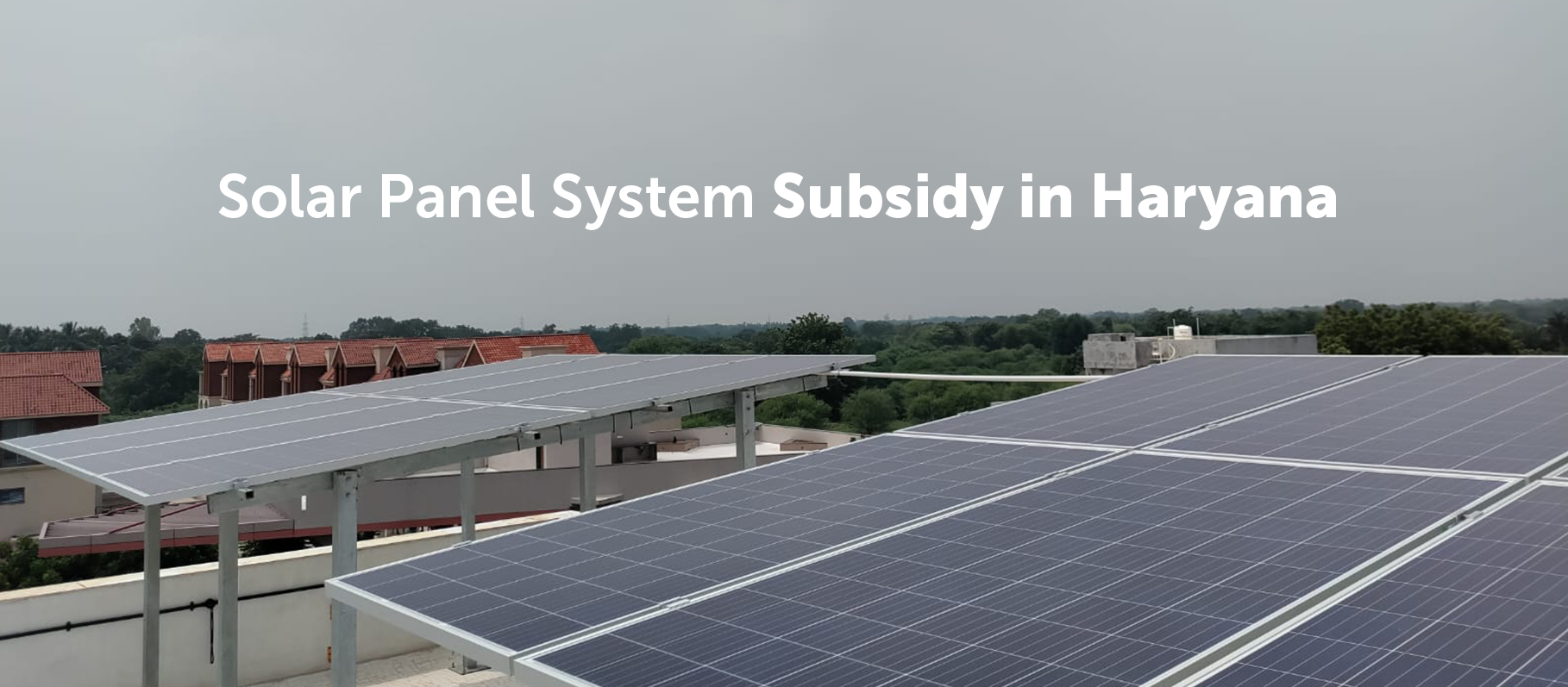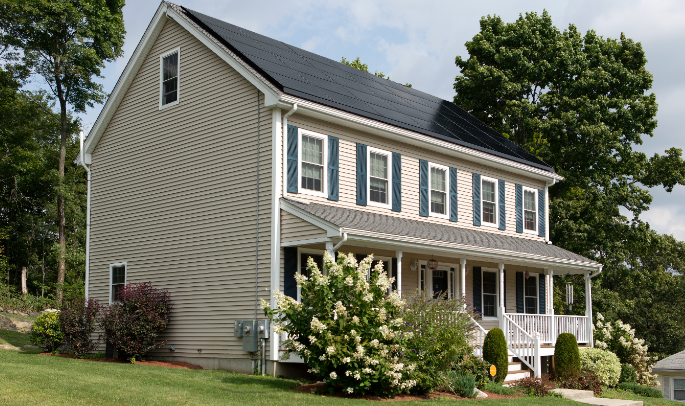Categories
10 January 2024
2kW Solar System Price, Subsidy, Benefits for Homes in India: 2024
Solar photovoltaic technology is making electricity green and reliable for homes. A small 2 kW solar system can be your [...]
10 January 2024
Home Solar System Subsidy in Haryana 2024
A rooftop solar system has immense potential to offset your electricity cost and offer 25 years of environmentally-friendly, low-cost solar [...]
26 August 2022
Solar Subsidy for the Residential Sector in Punjab 2024 | HomeScape
The Government of India is promoting the goal of a “solar-powered green city” in every state, and it notes that [...]
16 June 2021
Is Residential Rooftop Solar ready to take off Post Subsidy and Falling Equipment Costs?
Rooftop Solar in India has been seeing a steady adoption, evident from the rising capacity addition every year. According to [...]
11 December 2019
Solar Subsidies in India: Residential Segment
In our current battle with climate change, the most sought-after combat weapon we have is to switch to a clean, [...]




